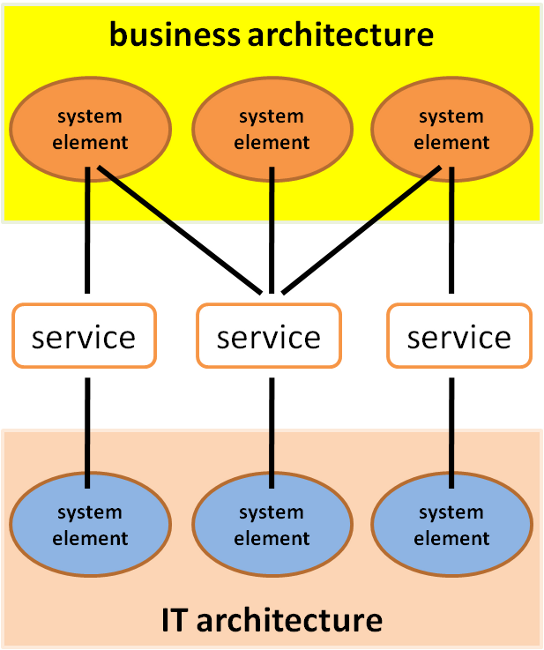In the past, IT integration business was easy. IT systems needed to be integrated, for example interconnecting two enterprise resource planning (ERP) systems. To solve this, an interface between both systems was established and the work was done. Ok, I know this was not really easy either, but at least it is less complex compared to what we are trying to achieve today: business/IT alignment.
More than 15 years ago, Henderson and Venkatraman shaped the topic business/IT alignment. They showed that IT is gaining more influence on the overall business strategy by enabling game changing innovations. In that sense, business does not solely drive IT anymore, but IT might also influence how business is done. For example, the short message service in mobile networks was initially meant as a tool for network operators, but today it is one of the biggest cash cows they have. Here, a technology innovation turned into a business success.
Business/IT alignment is not just about using technology in new business models, but also about supporting current business models efficiently. In general, the problem is about integrating technical architecture (e.g. IT landscape, data models) with business architecture (e.g. process landscape, organisational structure). In contrast to the past, integration between technical and business systems is needed. That makes the whole effort more complex in contrast to just integrating systems of the same kind.
So how do we integrate technical and business architectures? A naive solution would be to establish point-to-point integration between both. This is illustrated in the following figure:
There are many disadvantages connected to this. Each time one of both architectures changes (e.g. a business process is changed in the business architecture) it directly influences the connected elements, too. A better solution is shown in the following figure:
Instead of directly coupling business and IT architecture, we put something in between – services. If one architecture changes, we only have to change the service, but the other architecture remains stable. This reduces the overall complexity and allows more flexible reactions to changing conditions, because changes are not influencing the whole enterprise system. In that sense, SOA facilitates business/IT alignment.


.png)



djebar hammouche on
Thanks i will (re)discover again loose coupling pattern